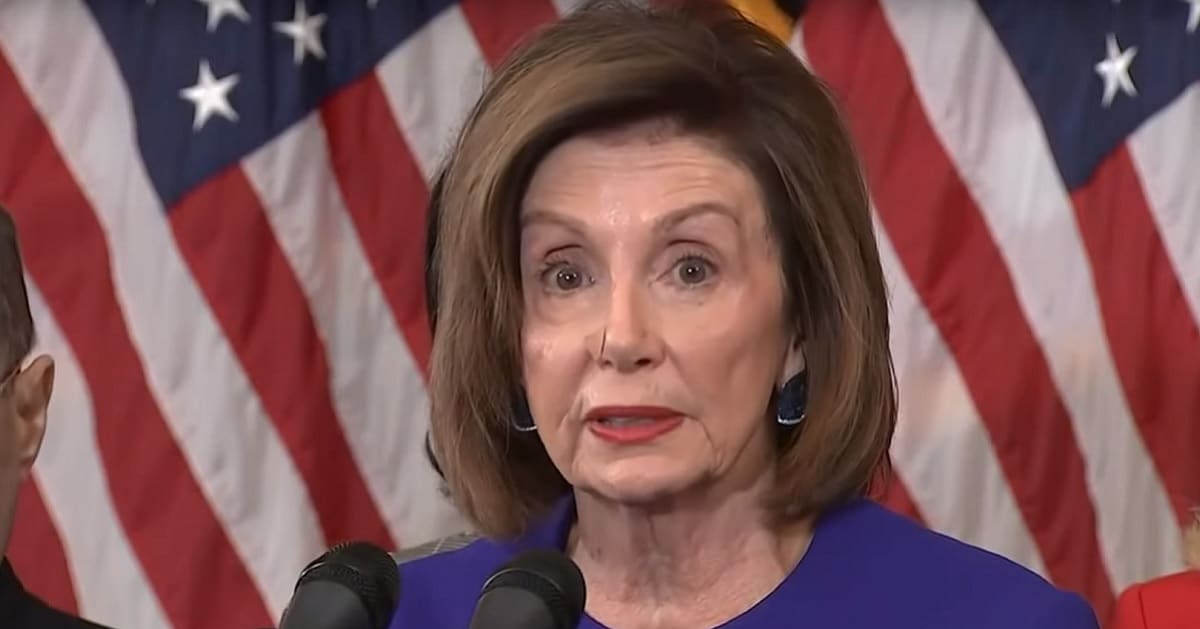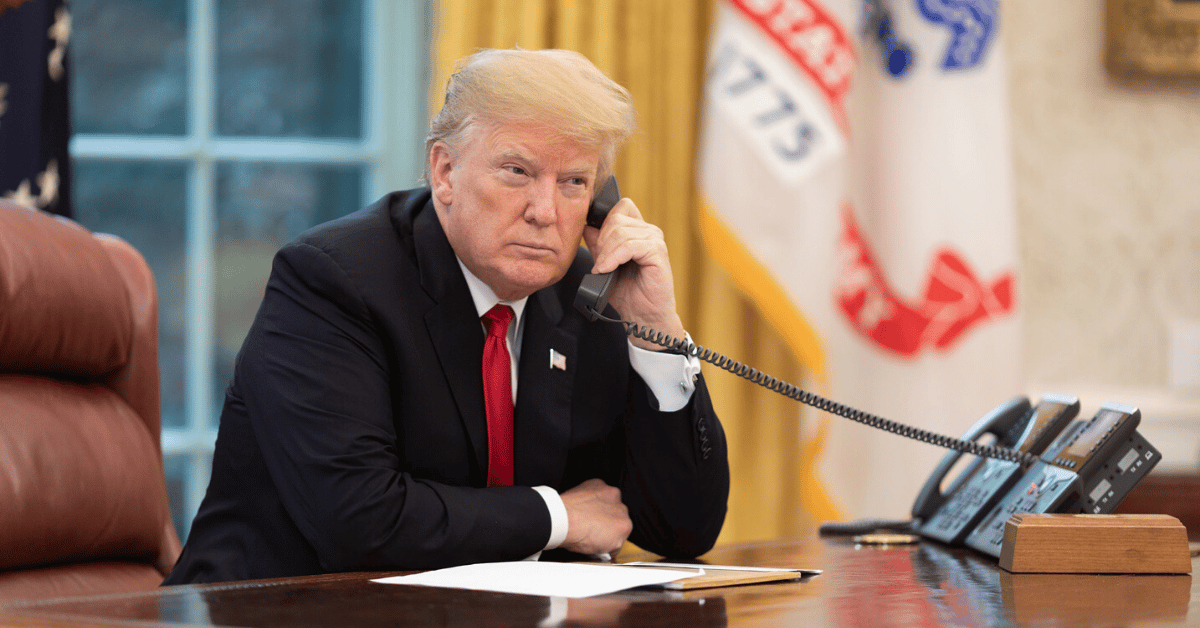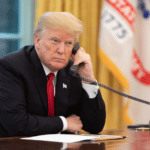




In a recent security lapse, the U.S. Secret Service did not deploy agents on a key building leading to an attack on former President Donald Trump according to The New York Post.
The incident unfolded when Thomas Crooks, armed with an AR-style semiautomatic rifle, shot at Trump from a sloped rooftop approximately 130 yards away during a campaign rally in Butler, Pennsylvania. The former President was wounded, and the event also resulted in the death of a former firefighter, with two others injured.
Secret Service Director Kimberly Cheatle faced a wave of criticism following the incident, with several calls for her resignation.
Despite the outcry, Cheatle stated she has no intention of stepping down, accepting full responsibility but emphasizing future corrective measures.
Cheatle defended her decision by citing the challenging conditions of the building’s sloped roof. She pointed out the safety risks associated with placing agents on such terrain, which influenced the decision to secure the building from the inside.
"That building in particular has a sloped roof at its highest point. And so, you know, there’s a safety factor that would be considered there that we wouldn’t want to put somebody up on a sloped roof," Cheatle explained.
The rationale behind the security approach, however, was heavily scrutinized. Experts and former Secret Service personnel argued that the agency should have adapted to the circumstances by securing all access points and the perimeter of the building, regardless of its structural challenges.
James Gagliano, a tactical operations expert, criticized the decision, emphasizing the need to work with the given terrain. "You just have to work with the terrain you’re presented with," he stated, highlighting the potential for alternative security measures.
Dan Bongino, a former Secret Service agent, expressed disbelief at the justifications provided. "The Secret Service director said, ‘Don’t worry, we didn’t put someone on the roof because it could’ve created a dangerous situation.’ Like what? Someone getting shot in the head?" Bongino remarked, pointing out the apparent contradiction in the safety argument.
Joe Kent, another critic, questioned the incomplete security measures despite prior identification of the threat. "You can’t get on the roof, but you identified the building/roof as a threat, so what’s the excuse for not securing the perimeter & all access points to the building/roof?" Kent argued.
Following the incident, the Secret Service announced changes to Trump’s security detail, though specifics were not detailed. This includes enhancing the security level to that of a sitting president, which reflects the gravity of the oversight.
Criticism also extended to the performance of Trump’s security detail on the day, which included three female agents. Observers commented on the perceived ineffectiveness of the security actions taken during the crisis.
Chris Swecker, a former law enforcement officer, provided a stark critique of the scene. "The women I saw up there with the president — they looked like they were running in circles. One didn’t know how to holster, the other one didn’t seem to know what to do, and another one seemed not to be able to find her holster," he described, raising concerns about the impact of diversity initiatives over operational competence.
The Secret Service’s goal to increase its female representation to 30% by 2030 has stirred debates, particularly in light of the recent event. Critics argue that such diversity targets should not compromise security effectiveness.
Cheatle’s comments following the incident echoed a commitment to reassessment and resource allocation. "It was unacceptable. And it’s something that shouldn’t happen again," she conceded. "The buck stops with me. I am the director of the Secret Service, and I need to make sure that we are performing a review and that we are giving resources to our personnel as necessary," Cheatle asserted.
In conclusion, the recent security failure has sparked a comprehensive debate about the balance between safety measures and the practical challenges of securing high-risk venues.
Critics demand a reassessment of tactics, especially in unconventional settings, while the Secret Service pledges improvements and a stronger focus on resource allocation and personnel training.



